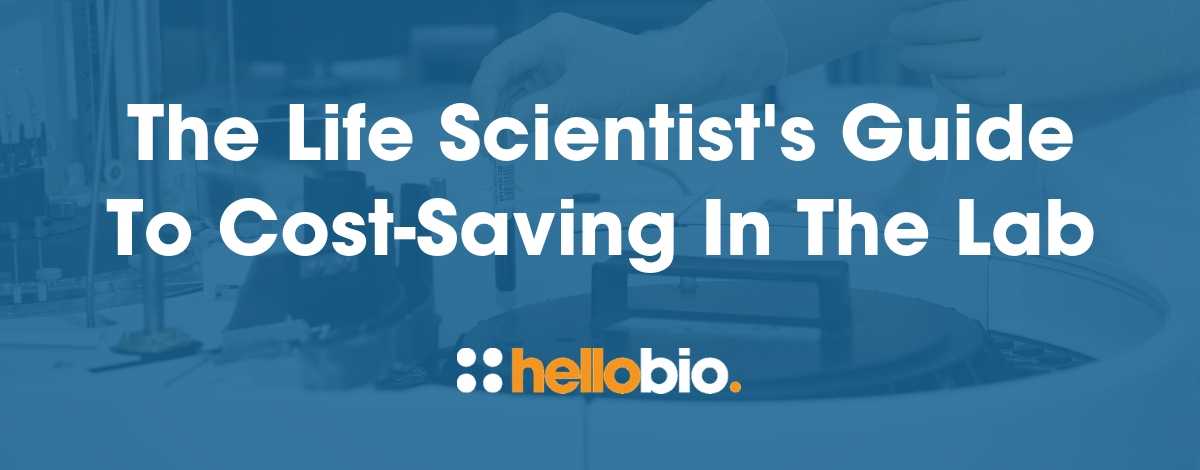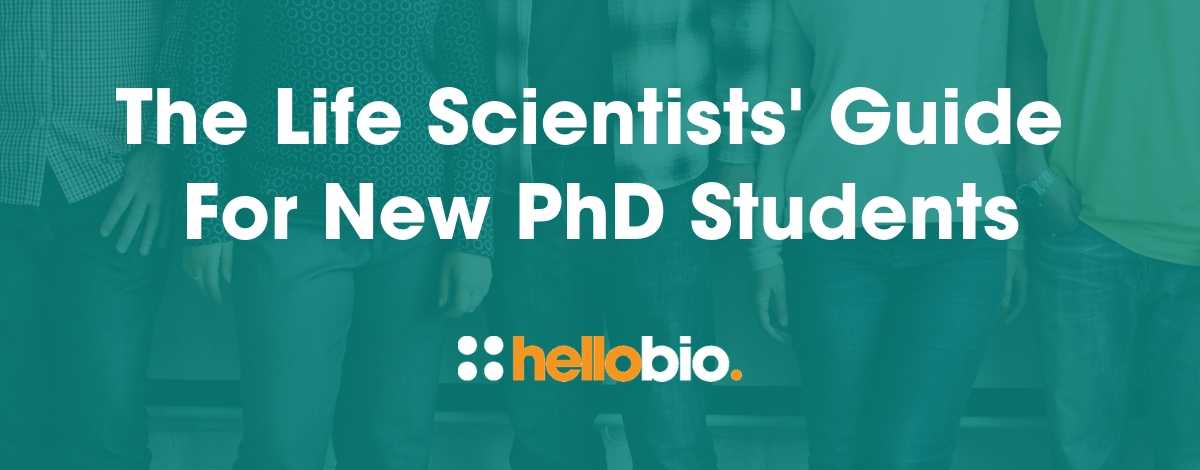Interviews with Scientists: Professor Frances Separovic
Next in our interviews with scientists series, we were honored to speak to the eminent Professor Frances Separovic! Frances is a Biophysical Chemist based at the Bio21 Institute, University of Melbourne, Australia. Her research group studies the structure and dynamics of molecules in biological membranes, with a focus on peptide antibiotics and toxins.
Frances joined the University of Melbourne in 1996, where she served as Assistant Dean (EO) and Associate Dean of the Science Faculty. She became the first woman Professor of Chemistry at the university in 2005 and Head of School in 2010.
She was awarded the ASB Robertson Medal in 2009, the ANZMAG Medal in 2011, and Fellow of the Biophysical Society (USA) and ISMAR Fellow in 2012. Frances is the first female chemist elected to the Australian Academy of Science (2012), an IUPAC Distinguished Women of Chemistry, and she received an UNSW Alumni Award - Science & Technology in 2017. She was inducted into the Victorian Honour Roll of Women in 2018 and appointed an Officer of the Order of Australia this year (2019).
Thank you SO much for taking the time to speak to us, Frances. Firstly, we have to ask, you said in a recent interview that you only took a physics class at high school to meet boys (!) So, what was it that hooked you after that?
I loved the ability to derive and predict based on theory and making some key measurements. Admittedly, it was a problem learning to drive because I tried to calculate when to stop using equations of motion, e.g. v = u + at (where v is final velocity, u is initial velocity, a is acceleration and t is time)!
What made you become a lab assistant, after choosing not to pursue teaching at university?
I desperately needed a paying job and recall scouring the employment advertisements in the classified section of the newspapers. There were few positions for which I was eligible, and I was lucky to come across one for a ‘junior technician’ at the Division of Food Research of CSIRO (Commonwealth Scientific & Industrial Research Organisation). This appealed more to me than the shop assistant or trainee hairdresser positions, and I thought that I would learn on the job and be part of a team who were helping to set microbial standards for food.
What was it like going back to school after becoming a mother? What were the biggest challenges dealt with?
Firstly, I found it tremendously challenging but in a positive sense. My mind was stimulated, and I sensed that I now had the possibility of a better life for my son and me. I loved learning about areas that were different from what I had studied at high school and which may or may not have been relevant to my work. Having a child helped me to focus on my studies and work towards the next goal: an assignment, an exam; or a new subject. Although when my son was ill, I had to take sick or annual leave, and it was hard sitting for an exam after a sleepless night or two sitting with him at hospital. It was a struggle to make ends meet and I would not have been able to do it if I had to pay fees; the timing was such that I fitted into a brief period in Australian history when university was free and, as a single mother, I qualified for cheaper child care.
You've shared that it took you 16 years to gain your PhD while working full time and studying part time, what kept you going during that time?
I’m proud to have done nine years of full-time equivalent study in 16 years of part-time study whilst working. I did a Biology Technicians Certificate, Bachelor of Arts degree (math & physics), and then Honours and PhD in physics. At first, I was driven by financial gain but, once I had my degree, I felt somewhat comfortable and decided to study further as it was both intellectually rewarding and I thought maybe I could be a research scientist one day. However, I did not see myself as a group leader as they were mainly men, but I saw doing a PhD as a stimulating pastime and complementary to my everyday work.
What advice would you give to someone embarking on their PhD journey part-time?
Candidates choose to do a PhD for many different reasons but for me it was about the journey and enriched my life in so many ways. My research project took the place of a hobby and gave me a diversion from some hardships in my life, but I also saw it as equivalent to a job and set myself deadlines and submitted after six years part-time.
What's the best advice you've ever been given during your career?
Do something that you enjoy and it will not seem a chore. Nevertheless, many of us do not have the benefit of working in an area that they love. I feel so privileged to have been a teaching and research academic, which has not been easy but has been fulfilling.
What are the biggest challenges that your students come to you with now?
I try to disavow them that a PhD degree is a pathway to an academic career: most will work in industry but many students start a PhD thinking otherwise. For both undergraduate and graduate students, one of the biggest challenges is independent learning and also treating study as a vocation in itself. What worked for me is treating study as equivalent to employment and completing study and job tasks on time.
In 2005 you became the first woman professor of chemistry at Melbourne, why do you think it took so long to have a woman in that position?
Frankly, I can only speculate. Possibly the lack of role models: the academics in the department were predominantly male and I was the first female associate professor. There were women who had reached the level of senior lecturer in Chemistry and my impression was that in the past they had been overloaded with pastoral and administrative roles. I do recall going to a promotion seminar and coming away with the impression that I would not become a professor because professors concentrated on research whereas I wanted to do more and contribute to the university in several different ways. Having more women academics has helped change this attitude and also made the atmosphere more welcoming for women.
How far do you think diversity in STEM has come since 2005, and what are the biggest changes you think still need to happen?
I love that I no longer have to argue the case for more women speakers at scientific events and the increased visibility of women in science. We need to increase the proportion of young women who complete high school and tertiary studies in science subjects, and especially in mathematics. Another challenge is retaining women in the workforce and also cultivating their talent so that they rise through the ranks and we become more accepting of diverse forms of leadership.
Who are some of the fellow women scientists working today you most admire, and why?
I’ll start with Adrienne Clarke as she was the first woman professor I met when I was still at CSIRO, and then Dame Julia Higgins, who inspired me when I started at the University of Melbourne. Later, I went to a panel discussion about women in science and heard three very different women, Suzanne Cory, Dame Carol Robinson and Margaret Sheil, who illustrated how diversity can enrich the academy. More recently, I admire leaders like Dame Margaret Brimble, Michelle Simmons and Emma Johnston, who are marvellous role models for us all. There are several more, including Leann Tilley, Mibel Aguilar and Ka Ya Lee but I will stop there.
What developments / advancements in the field of chemistry are most exciting to you right now, and why?
My field is biophysical chemistry, which is so wonderful because of its multidisciplinarity. Right now, I am excited about the possibility of doing structures of biomolecules at atomic resolution in living cells: we are using DNP (dynamic nuclear polarisation) to enhance the NMR (nuclear magnetic resonance) signals from small proteins in live bacteria so as to determine how antimicrobial peptides kill bacteria. In another field of chemistry, I was excited by a paper on automated synthesis, “A robotic platform for flow synthesis of organic compounds informed by AI planning”.
What’s your favourite science joke?
Cheesy joke: “Einstein developed a theory about space. And it was about time too.”
And I also like the one about Einstein, Newton and Pascal playing hide and seek, which I won’t repeat.
What’s your favourite science quote?
Quote by Marie Curie: “Nothing in life is to be feared, it is only to be understood. Now is the time to understand more, so that we may fear less.”
What do you think is the greatest scientific discovery of all time?
At high school I thought the gas laws were amazing, then at university, it was quantum theory, Maxwell’s laws of electromagnetism and relativity. There are so many great scientific discoveries but because it’s the International Year of the Periodic Table, I will nominate the periodic table!
________________________________________________
Thank you so much for taking the time to speak with us, Frances!
You can follow Frances on Twitter here: @FrancesBiophys
And find out more about Frances and her work here.
_________________________________________________
If you enjoyed reading this article, why not check out the other resources available on our blog. As well as trying to promote diversity in science, we're passionate about supporting early career life scientists and PhD students - with affordable reagents and biochemicals, travel grants, and resources to help with both personal and professional development. We know how tough it is - so we hope you find these helpful!
Advice & guidance for life scientists
Click below to view our of essential guides and articles includes to support life scientists, PhD students & early career life scientists:
Travel grants
Every month we give away $500 to PhD students and Postdocs so that they can attend a scientific conference - click below to find out more:
Wellbeing for scientists
Click below for our resources to help improve your wellbeing:
Technical resources
Try our Molarity Calculator: a quick and easy way to calculate the mass, volume or concentration required for making a solution.
Try our Dilution Calculator: an easy way to work out how to dilute stock solutions of known concentrations
Click below to see our Mini-reviews, Pathway Posters & Product Guides: a set of technical resources to answer your questions on a wide range of topics and to help you get started quickly.
And - when you get to the stage of planning your experiments, don't forget that we offer a range of agonists, antagonists, inhibitors, activators, antibodies and fluorescent tools at up to half the price of other suppliers - click below to see how we compare with other suppliers:





















